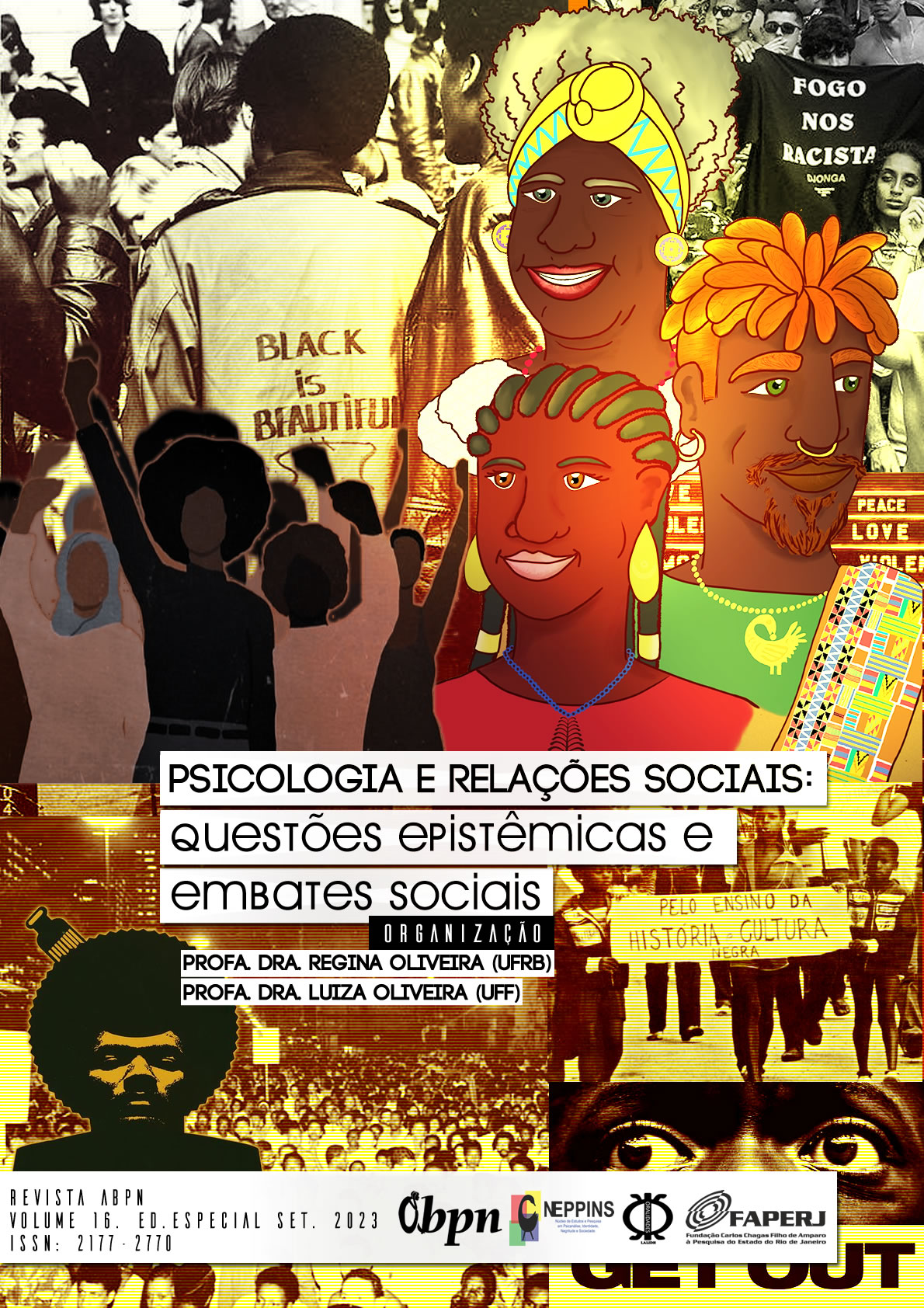REFLECTIONS ON THE IMPACT OF RACISM ON INTERRACIAL ADOPTIONS
Main Article Content
Abstract
From the observation of psychosocial professional practice in the judicial sphere, listening to reports of adopters and audiovisual scenes, we discuss the processes of interracial adoption. Most applicants for adoption are white and seek daughters similar to their skin tone, neglecting the color/race of most children and adolescents institutionally welcomed and available for adoption in Brazil, who are black and brown. Although adoption is a right of children and adolescents to live in an affectionate family – in the impossibility of returning to their families of origin – it is the adopters who choose the racial and phenotypic characteristics of their affiliation, usually without discussions about this in the groups of adoption. To problematize the privilege of choice of who wants to adopt, as something that precedes the right of these infants to have a family, and to reflect on the impact of whiteness in interracial adoptions is the objective of this writing
Article Details

This work is licensed under a Creative Commons Attribution 4.0 International License.
Copyright Statement
- Authors retain copyright and grant the journal the right of first publication, with work simultaneously licensed under the Creative Commons Attribution License CC-BY 4.0 which allows the sharing of the work with acknowledgment of the authorship of the work and initial publication in this journal.
- Authors are authorized to enter into additional contracts separately for non-exclusive distribution of the version of the work published in this journal (eg, publishing in institutional repository or book chapter), with acknowledgment of authorship and initial publication in this journal.
- Authors are allowed and encouraged to post and distribute their work online (eg in institutional repositories or on their personal page) at any point before or during the editorial process, as this may lead to productive changes as well as increase impact and citation of published work (See The Effect of Free Access).

